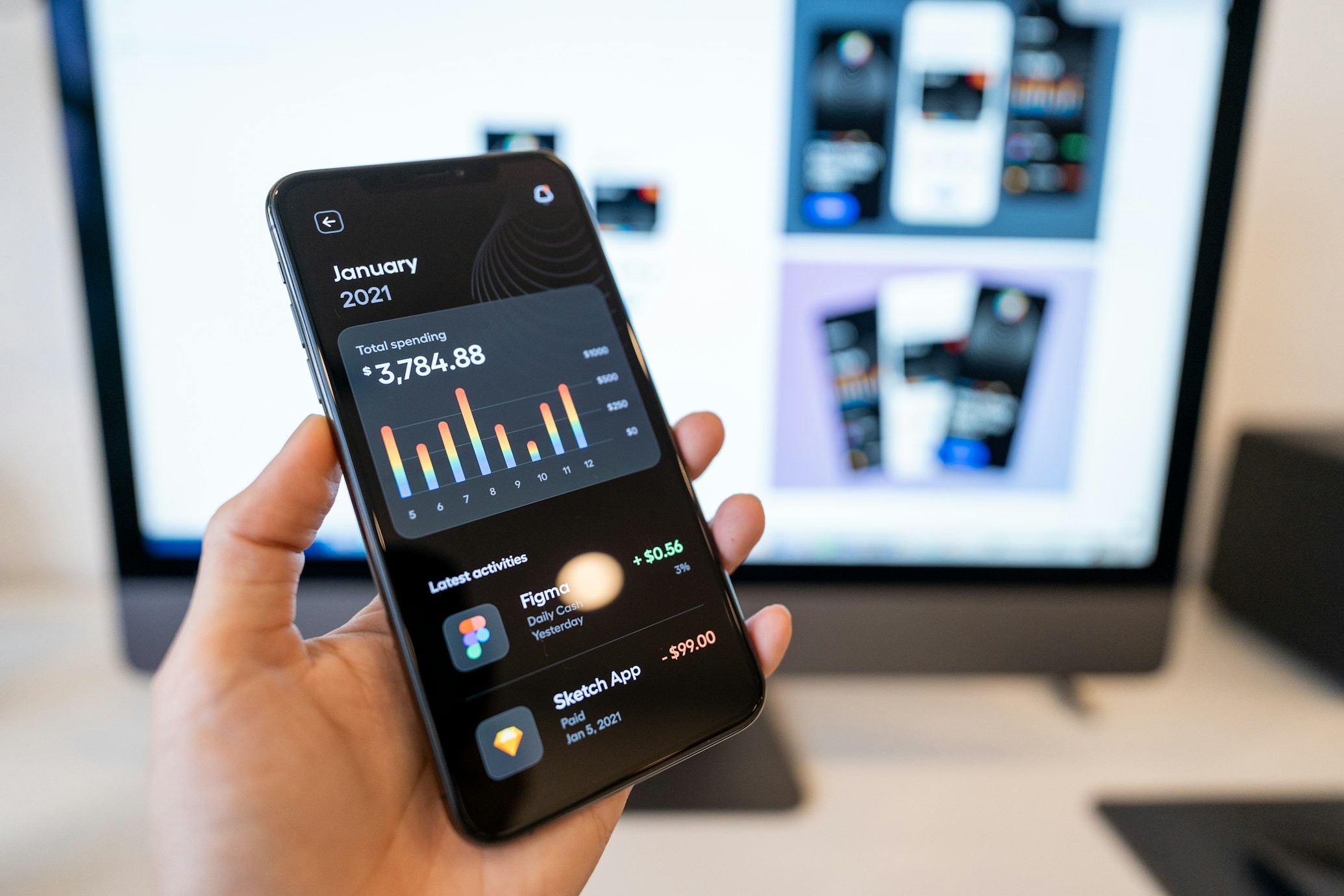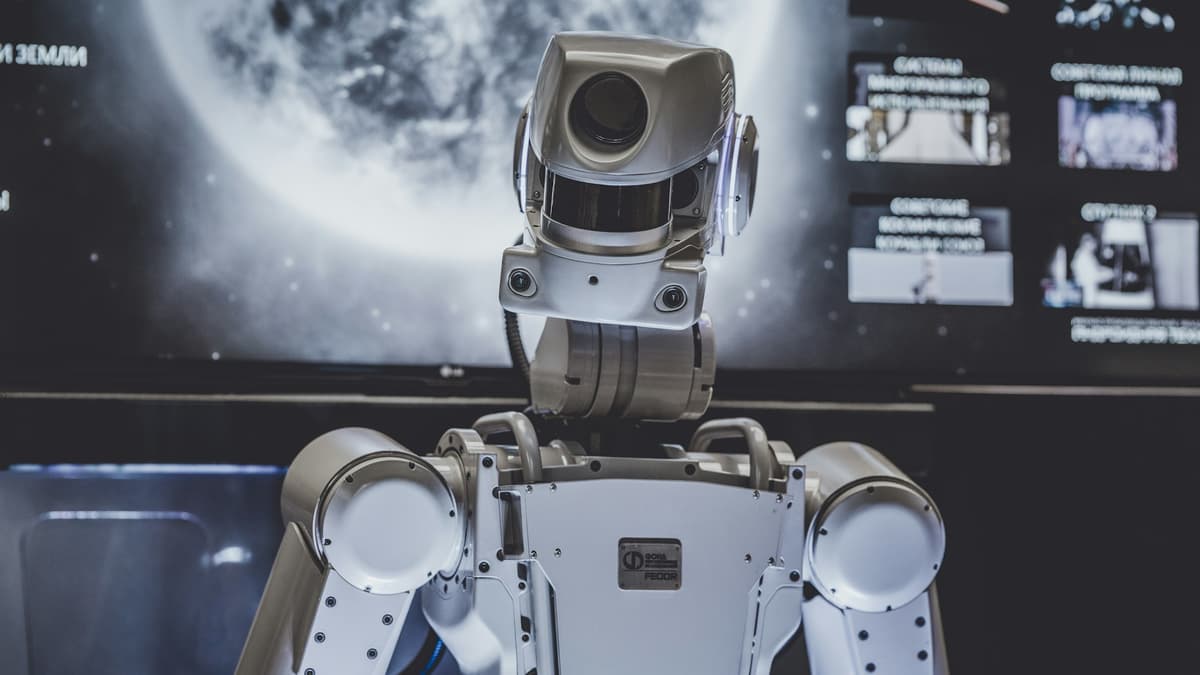The cybersecurity landscape has always been characterized by rapid evolution, but the integration of artificial intelligence is accelerating change at an unprecedented pace. As we look toward 2026 and beyond, AI is not just another tool in the security professional's toolkit—it's fundamentally reshaping how we approach threats, defenses, and innovation itself.

Last month, I had the privilege of speaking with Dr. Elena Vasquez, a machine learning researcher who has spent the last five years developing AI systems for threat detection. Her work at a major financial institution has prevented millions of dollars in potential losses through early identification of sophisticated attack patterns that traditional systems would have missed. What struck me most about her story wasn't just the technical achievement, but how AI allowed her to scale her expertise in ways that were previously impossible.
Traditional cybersecurity often feels like playing an endless game of catch-up. Attackers develop new techniques, defenders scramble to create signatures and rules, and the cycle continues. But AI is changing this dynamic by introducing systems that can learn, adapt, and predict rather than just react.
Consider the evolution of intrusion detection systems. For decades, these relied on rule-based engines that could only flag known patterns. Today, AI-powered systems can identify anomalous behavior that doesn't match any predefined rules, catching zero-day attacks and insider threats that traditional systems would miss entirely.

One of the most exciting developments I've witnessed through our award program is how AI is democratizing cybersecurity expertise. Organizations that previously couldn't afford large security teams are now deploying AI systems that provide enterprise-grade protection with minimal human intervention.
Take the case of Maria Chen, a security analyst at a mid-sized manufacturing company. Using AI-powered security orchestration tools, she's able to monitor and respond to threats across their entire global network—something that would have required a team of dozens just a few years ago. Her innovative use of AI automation freed up her time to focus on strategic initiatives, resulting in a comprehensive security program overhaul that reduced incident response times by 75%.
But AI's impact extends far beyond automation and efficiency gains. It's fundamentally changing how we think about cybersecurity strategy. Machine learning algorithms can now analyze years of threat data to predict attack patterns, identify vulnerable systems before they're exploited, and even simulate attack scenarios to test defenses.
Dr. James Park, whose work in adversarial machine learning has earned him recognition in our innovation category, explains it this way: "AI isn't replacing human judgment—it's amplifying it. The best cybersecurity outcomes come when human creativity and AI's computational power work together."
This human-AI collaboration is creating entirely new categories of cybersecurity work. We're seeing the rise of "AI security architects" who design systems that can defend against AI-powered attacks, "threat hunters" who use machine learning to uncover hidden patterns in vast datasets, and "AI ethics specialists" who ensure that automated security systems don't inadvertently create new vulnerabilities or biases.
The educational implications are profound. Cybersecurity training programs are rapidly incorporating AI and machine learning curricula. Universities are developing specialized tracks for AI-driven security, and professional certifications are evolving to include AI competencies. Organizations are investing heavily in upskilling their existing teams, recognizing that AI literacy is becoming as essential as network fundamentals.
Yet, with these opportunities come significant challenges. The same AI systems that protect us can be weaponized by attackers. We've seen the emergence of AI-generated phishing emails that are indistinguishable from human-written communications, deepfake attacks that bypass biometric security, and automated attack tools that can adapt in real-time to defensive measures.
This creates a fascinating paradox: AI is both our most powerful defense and our most dangerous threat. The cybersecurity professionals who navigate this paradox successfully will be the true innovators of our time.
Consider the work of Ahmed Hassan, whose development of AI-powered deception technology earned him our Technical Innovation award last year. His system creates dynamic decoy environments that learn from attacker behavior and adapt their deception strategies accordingly. It's a beautiful example of using AI's adaptive capabilities against itself.
As we look to the future, several trends are emerging that will shape the AI-cybersecurity landscape:
Autonomous Security Operations: AI systems that can investigate, contain, and remediate threats without human intervention, operating 24/7 with superhuman speed and consistency.
Predictive Threat Intelligence: Machine learning models that can forecast attack trends, identify emerging vulnerabilities, and recommend proactive security measures before threats materialize.
AI-Driven Security Research: Automated systems that can discover new attack vectors, develop novel defense mechanisms, and even propose security architecture improvements.
Ethical AI Security: Frameworks and tools for ensuring that AI security systems are fair, transparent, and aligned with human values and legal requirements.
The human element remains crucial. AI can process data at incredible speeds, but it lacks the contextual understanding, ethical judgment, and creative problem-solving that human professionals bring to complex security challenges. The most successful implementations I've seen combine AI's computational power with human expertise in what we call "centaur cybersecurity"—the best of both worlds.
This evolution presents tremendous opportunities for recognition and celebration through programs like ours. We're seeing innovative applications of AI in cybersecurity that deserve to be highlighted and emulated. From breakthrough research in adversarial machine learning to practical implementations that protect millions of users, AI is creating new heroes in our field.
But it also demands new forms of recognition. We need to celebrate not just the creation of AI tools, but their responsible deployment, their measurable impact on security outcomes, and their contribution to building more resilient digital ecosystems.
As AI continues to transform cybersecurity, our award program will evolve alongside it. We'll continue to recognize the human ingenuity that makes AI security effective, the creative applications that solve real-world problems, and the leadership that ensures AI serves humanity's security needs rather than undermining them.
The future of cybersecurity innovation is bright, powered by the synergy of human intelligence and artificial intelligence. Together, they're creating a more secure digital world than we ever thought possible.


